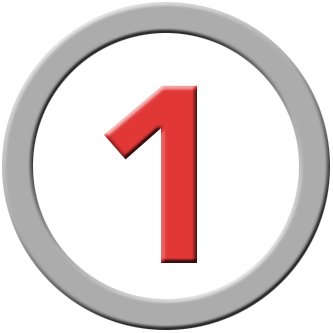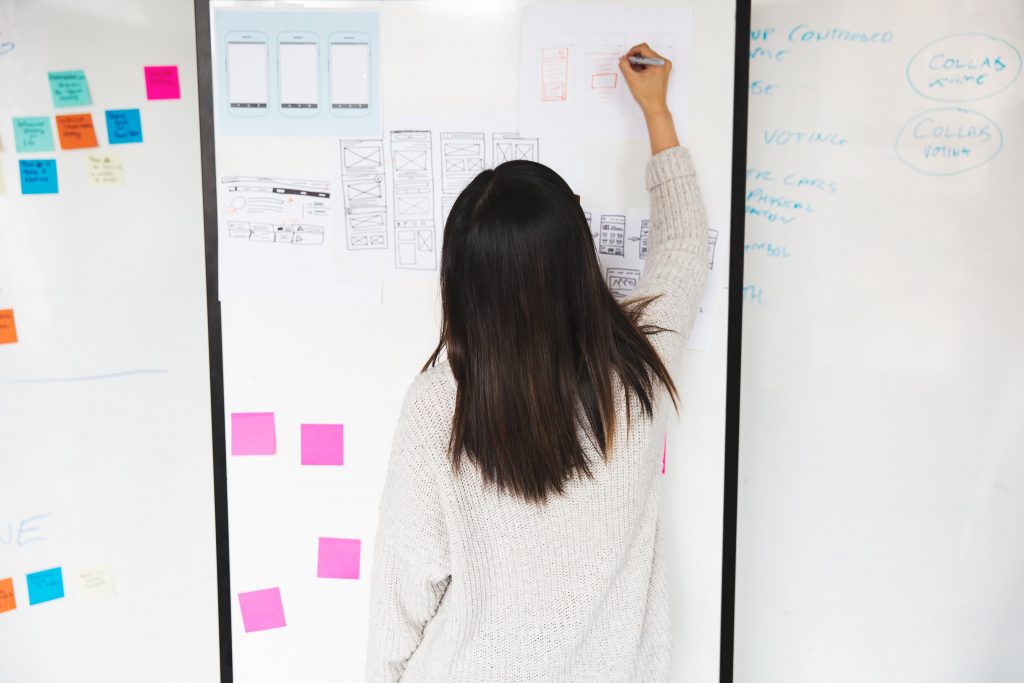Stepping into the world wide web can be quite daunting at first. There are so many things to consider and so many decisions to be made…and heck, where do you even begin? In this article we’ll try to demystify the website design, development and programming process so you’ll be able to make more informed decisions for your own website.
step 1 – needs analysis / the Planning Phase
Website Needs Analysis is the starting point for the development of an effective website.
At Electric Silk (BC), we try to understand your business and exactly where your website fits in your marketing mix. Then we identify your target website users and work out what they need from your web site. Your web site is designed to meet users requirements. Just some of the questions we ask:
- What product or service do you offer?
- Who do you want to visit your web site?
- Are you looking to find new customers?
- Is the web site to entertain or inform?
- Who are your existing customers and what do they need from the website?
- Are you offering information or new functions to existing customers?
- Are there any specific features that are important to you?
With the answers to these and other questions we can move on to the Design and Build phases or to Review your existing web site. The aim at all times is to produce an effective, profitable website presence.


step 2 – review of your image / The Design Phase
Your website must work in harmony with your overall marketing plan. The needs assessment for the website might overlap with the other efforts and approaches of the marketing department, which is fine. The established branding and marketing of your business should be a primary influence on the structure and design of the website.
The Design Phase is a product of your Needs Analysis and is meant to capture details relating to the website’s visual appearance. It is not so much concerned with layout and colour, but rather communication. The information gathered in this section will be most useful to a graphic designer. Good questions to ask include:
- what image are you trying to portray? (e.g. friendly, corporate, innovative, etc)
- what phrase would best describe your website once it’s launched? (e.g. these guys look really professional)
- what’s the main goal of your website? (e.g. sell products online)
- what else are you trying to achieve with your website? (e.g. promote skin cancer awareness amongst young people)
- what would you like users to do at your website? (e.g. register, buy products, etc).
step 3 – creating your website – The Build Phase
The Build Phase is the point where the website itself is created. At this time, we will take all of the individual graphic elements from the prototype and use them to create the actual, functional site.
This is typically done by first developing the home page, followed by a “template” for the sub- pages. The template contains the main navigational structure and basic layout for the website. Once the template has been created, we will take your content and distribute it throughout the site in the appropriate pages.
Once all pages are complete and all desired functionality is in place, we will fully test all pages and functionality on all of the most popular browsers. If it’s a responsive or mobile website, multi-platform testing will also be conducted.
Once all testing is complete, the site is ready to go “live”.

How does the payment process work?
With Electric Silk, each website development project starts with a 50% deposit. After design sign off and before we move into programming, we collect 25%. Once production is completed and milestones fulfilled, the final 25% is collected prior to your website being scheduled for launch.
Well there you have it – not too complicated at all, now is it? Remember that once the site is live the job is not fully over and you’ll need to consider your needs for on-going maintenance, search engine optimization, and promotion of your new website. Stay tuned for future articles that will delve into those areas.
In the meantime, feel free to contact us if you have any questions, or if you’d like a free consultation.
